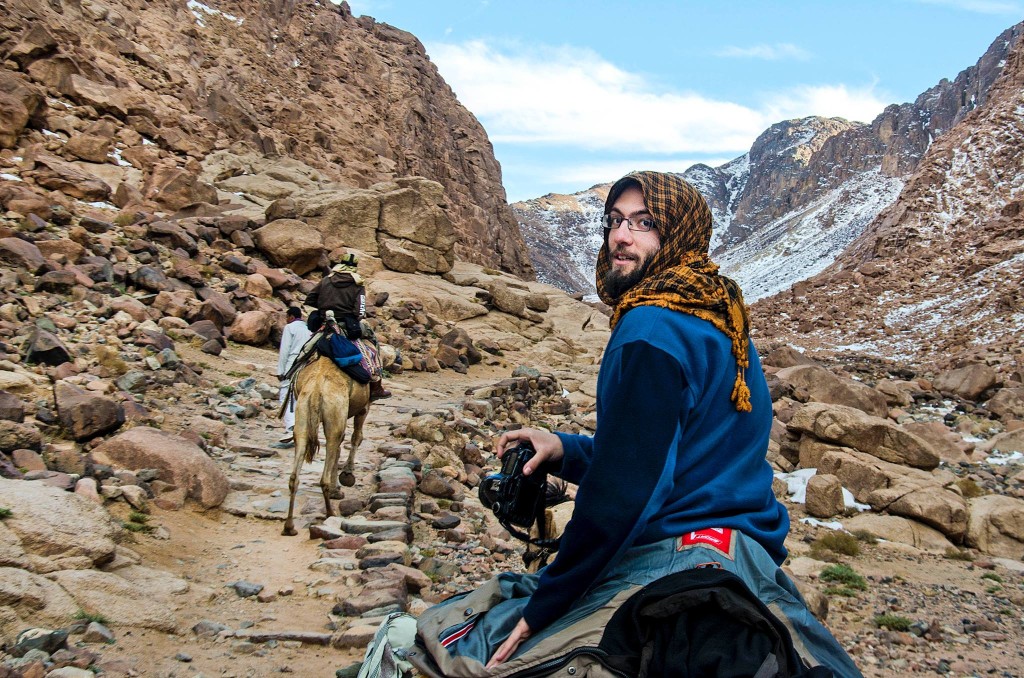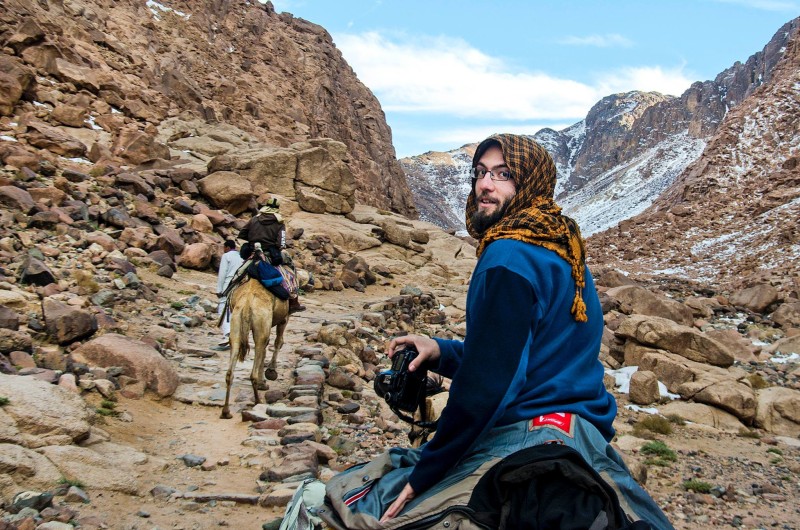
Known for his captivating Portraits, Ahmed Hayman’s photographs are so alive they speak straight to the heart. His work totally stands out among others because of its individuality and truthfulness and it is unquestionably spreading like fire in the photography scene.
Here’s more about Ahmed Hayman and how it all started:
How did you develop your passion for photography? What triggered it?
I grew up in a family where a camera is top priority in every single event, my grandfather used to document all family events at all times, followed by my father and now it’s me doing all the family documentary work.
What’s the first thing you look for in a potential photograph? What inspires you?
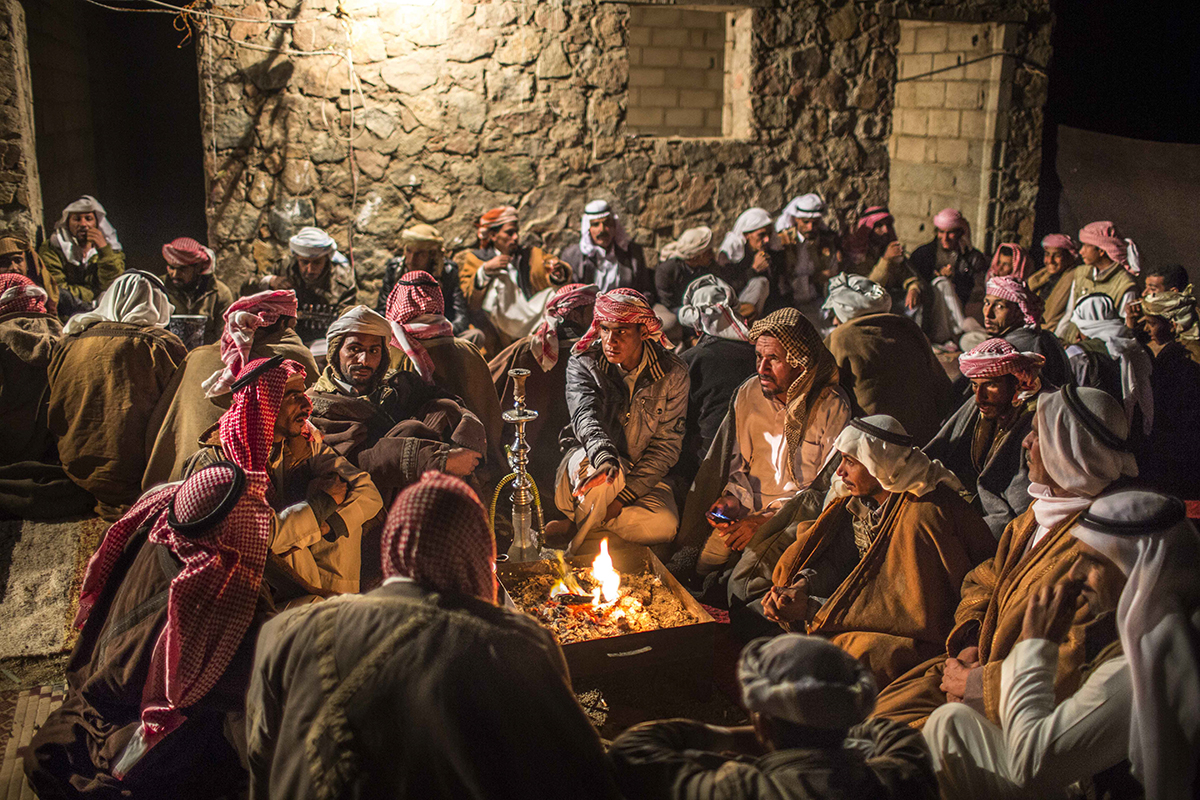
It’s very simple; people inspire me. Walking in the streets for days without taking pictures only observing and concentrating on things happening around me, this makes me somehow always ready to take a good shot whenever I decide to hold my camera.
But what inspires me the most is looking at other photographers work.
How did your photography experience during the revolution and the events followed affect you? We know you were very close to some very dangerous sets? Tell us about that!
I was very fortunate to document this tough period in Egypt even though it was challenging and excruciating. But now I stopped photographing news, yet still have many important photos from this phase that are rare and unrepeatable.
Did you ever feel that being a photojournalist might endanger your life?
I know how risky and unsafe it is of course, but still I fully appreciate its value and importance and inspite of the danger that might come with this profession, I enjoy every moment of it.
How do you manage to capture such honest pictures? How do you get them to be so spontaneous and natural in front of your lens?
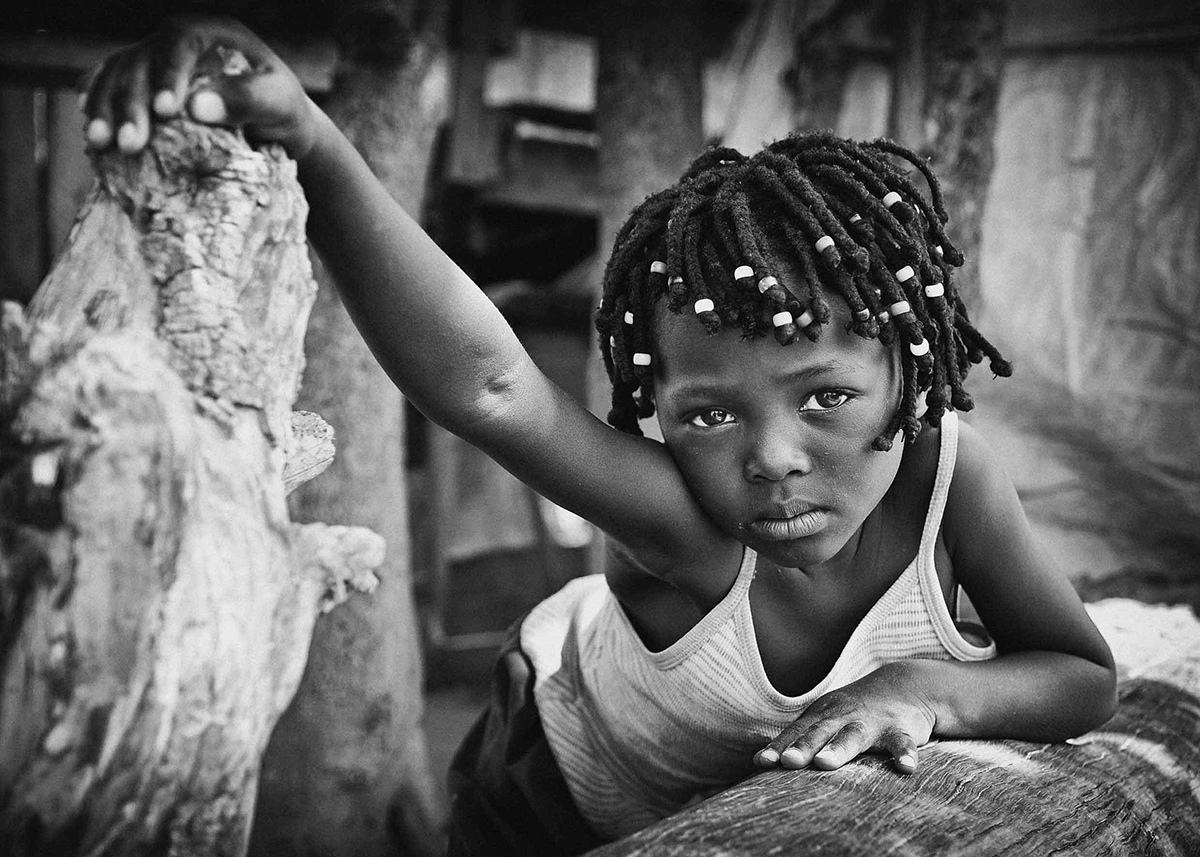
You are a mirror of the person you’re portraying – you control the scene. It’s your energy reflected in the portrait you’re photographing and that’s key element for its naturalness.
How did you get the idea for your photo series and what’s so special about them?
Photo stories take a long time to be done and it’s super interesting as it gives you a chance to be close to people while documenting their lives.
A photo story is a series of photos telling one story about a person, a place or a general idea.
It needs research and the more you have time the more you’re story becomes more intimate and deep.
What’s the dearest photo story or photograph to your heart and why?
It’s very difficult to decide, there’s so many!! But I recently took a photograph that’s really special – a photo I took in St. Catherine at a Bedouin wedding.
Who do you wish to work with or photograph one day?
I wish one day I get the chance to photograph Jim Carrey and The Dalai Lama.
How did photography affect/change your character and lifestyle?
I see everything in frames now – while answering this question I can imagine a photo of myself while replying to your questions!
I can’t move without a camera, at least a mobile with a good camera because moments can’t be repeated and you always have to be ready.
Tell us more about your project “Travel Photography Workshop with Hayman”?
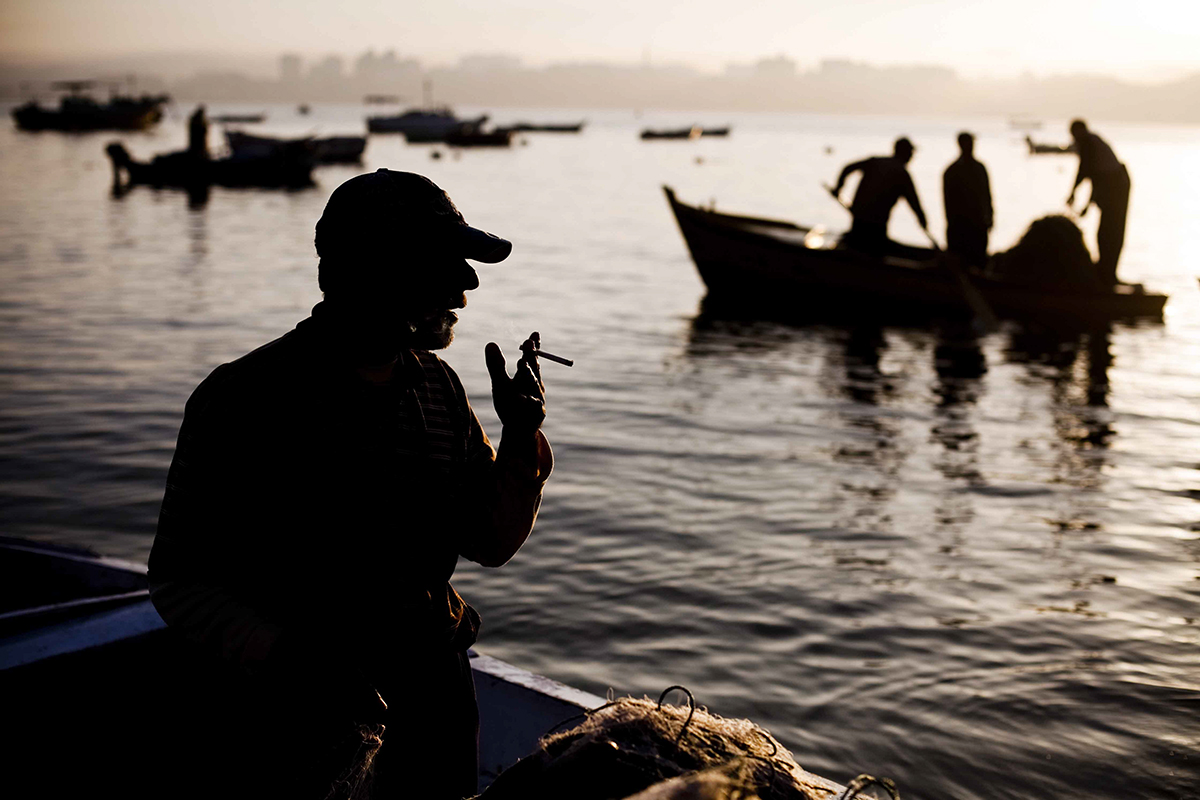
I’ve been traveling around the world for the last 4 years and I traveled a lot domestically, as well. I started focusing on Sinai and especially Saint Catherine at first, then the idea evolved from there.
Me and my partner Khaled Senosi started our first workshop from St. Catherine because of its exquisiteness and beauty. We’ve been there a lot and we were so familiar with it and its people so that kind of made it our first choice.
It was a great chance for us to meet great photographers too.
What are the destinations that you covered so far in and out of Egypt? And where’s your next stop?
I traveled all around Egypt and I visited 18 countries abroad around Africa, Europe and the US and still more to come!
After 4 years since the Jan. 25 revolution and after the recent tragic events that took place on its 4th anniversary, what do you wish for Egypt in 2015?
I wish that people could care about one another more.
What do you consider your biggest Photography achievement to date?
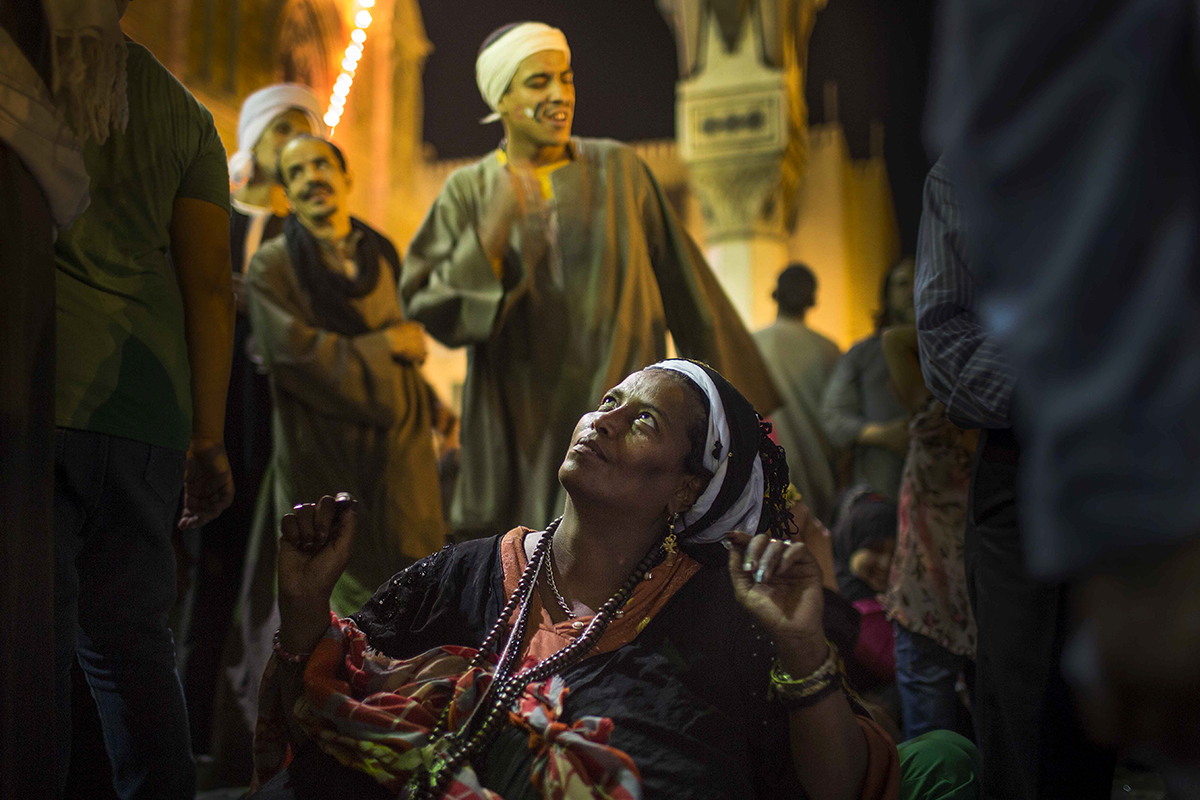
Being able to reach people and make them happy, many people from different backgrounds and age groups stop me in the streets saying we follow and we admire your work on Facebook, that’s something I’m really proud of.
WE SAID THIS: Check out Ahmed Hayman’s Work on his official Webiste here or follow his work on his Instagram account or Facebook page


